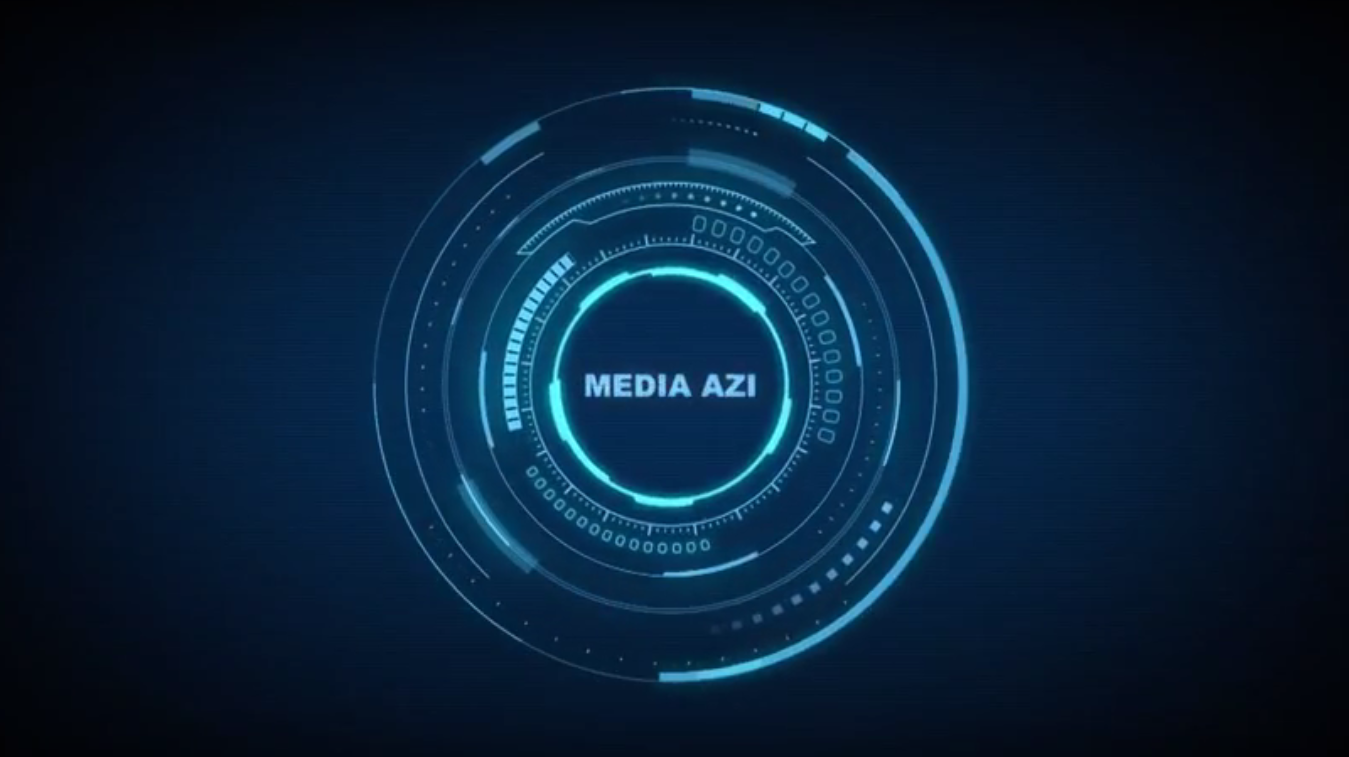
According to the guest of the broadcast, specialists from the European Union and the Council of Europe have identified two dimensions of pluralism – one external, meaning the media market in general, the diversity of content-providing outlets, and an internal dimension, which refers to the content itself, the media products offered by a media outlet to its beneficiaries – media consumers.
The study prepared by APEL refers to the external dimension, and it found that the media pluralism in Moldova faces a lack of proper public policies. In the author’s opinion, since 2009, all government activity programs have included the desideratum to prepare and adopt a mass media system development concept focused on media pluralism, but it has not happened yet. The government has not moved from words to deeds, that is why we keep talking for years about the need to adopt a new Broadcasting Code, about ensuring balance between public and private broadcasting, about the need to protect the media market from abuse from dominant positions: “We should have a medium- and long-term philosophy that should say exactly how we see this industry,” says expert Aneta Gonta, but she also recognizes that “we haven’t probably ‘ripen up’ yet so as to be able to create this philosophy, see the overall development of the system.”
The APEL study is an absolute premiere for Moldova and it analyzes risk areas for media pluralism based on a methodology developed in the European Union and adapted to the local situation.










